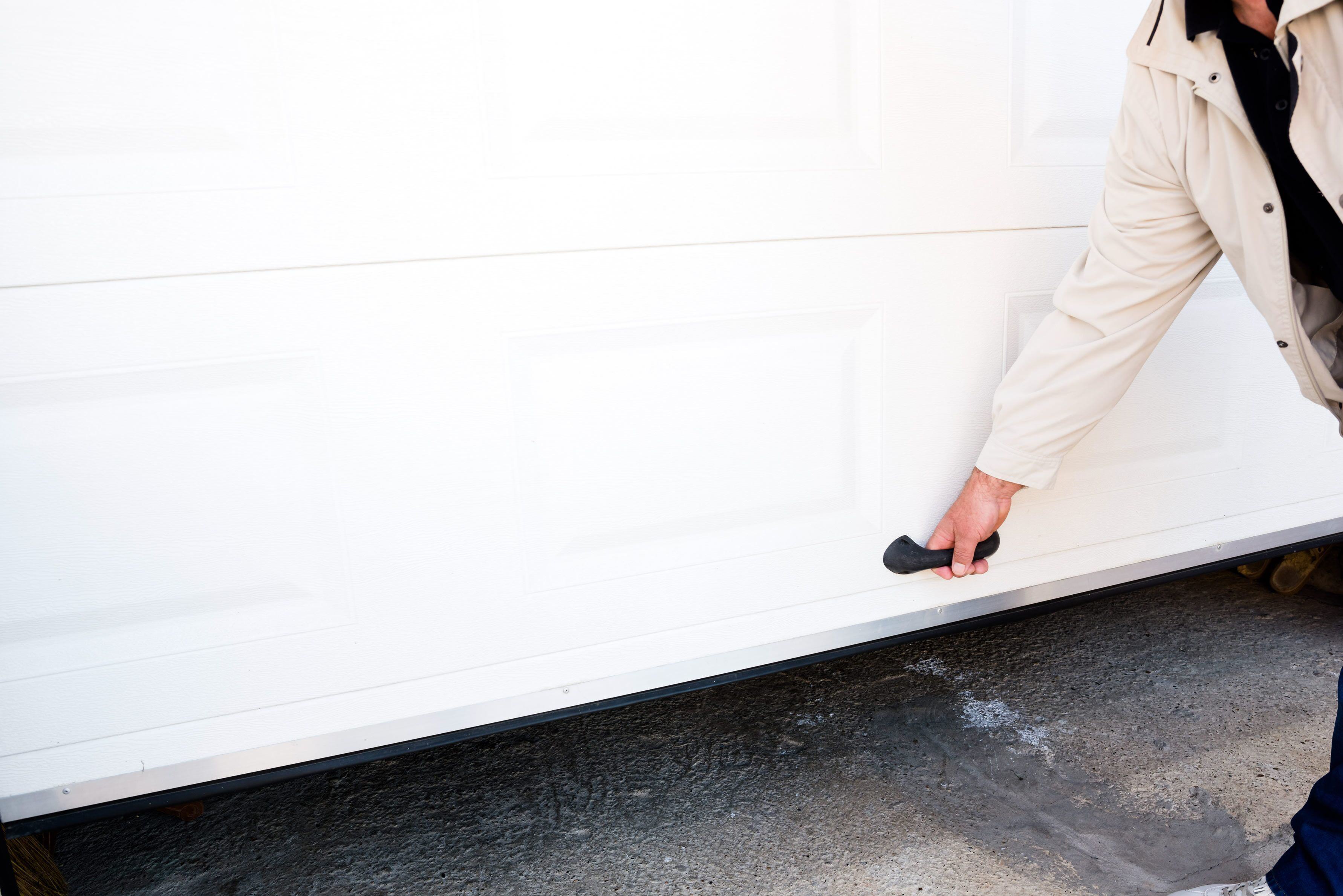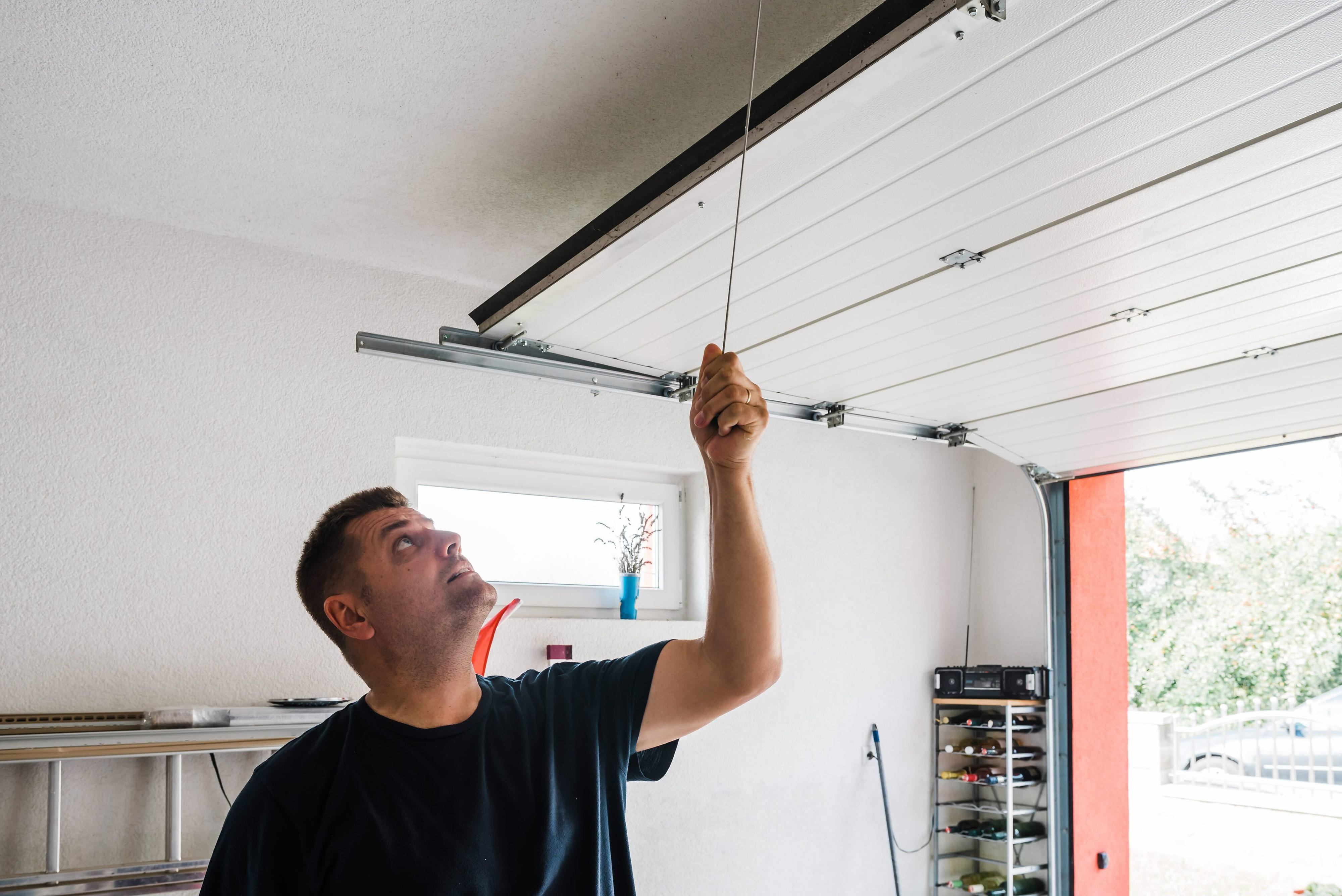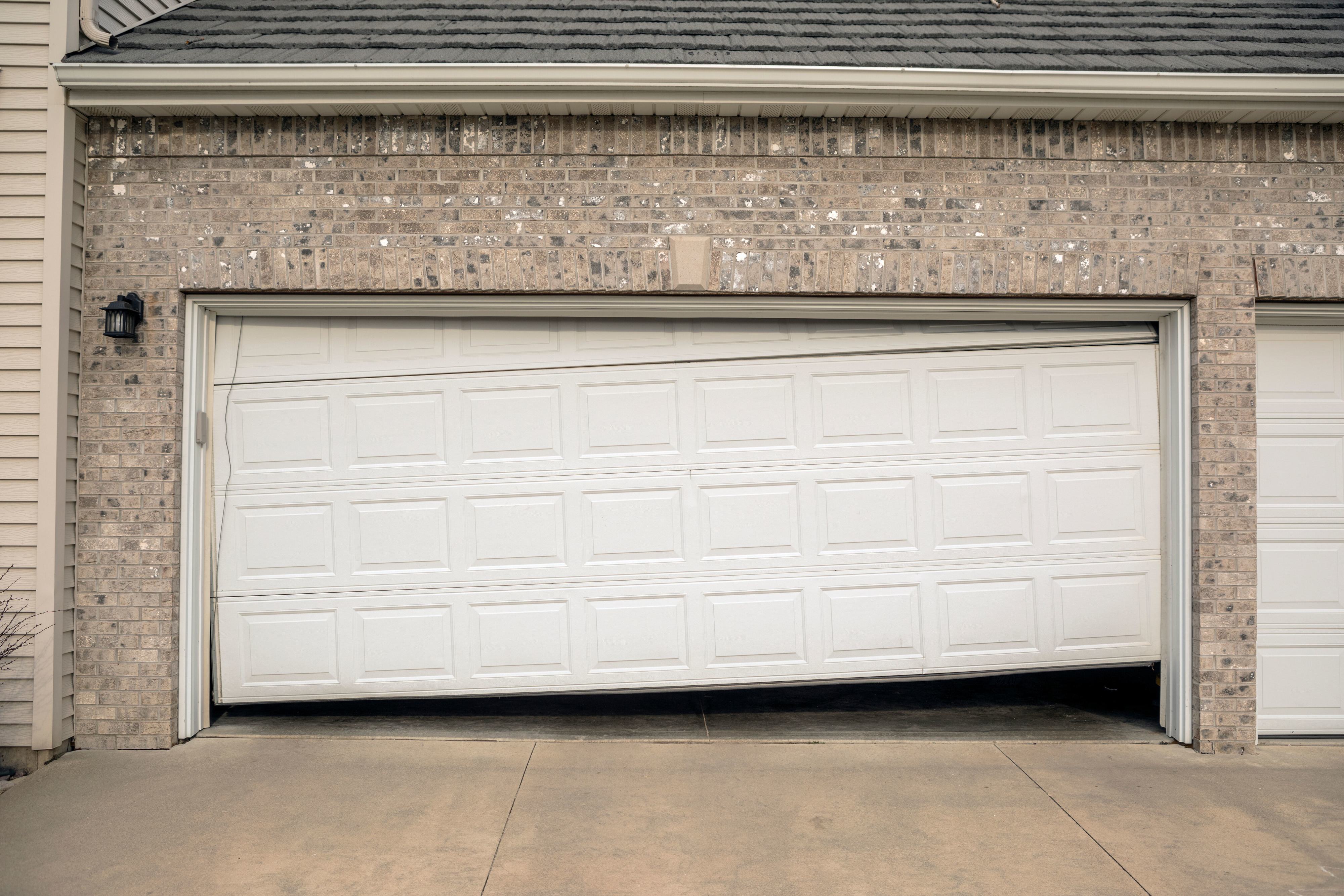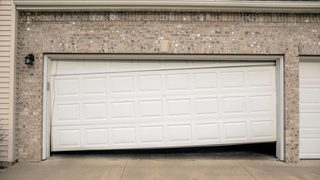How to Troubleshoot a Garage Door that is Uneven or Sagging
Garage doors are built to last, and if you have a high quality garage door then you can likely count on getting upwards of 30 years out of them. But, in order to see yours into its grand old age, you need to keep an eye on its performance and be quick in addressing any issues that pop up.
One common problem to look out for, especially with older garage doors, is an unbalanced door. This is an issue that gets ignored all too often, as many homeowners don’t realize how critical it is to deal with immediately. Although an unbalanced garage door may still “do the job,” it’s only so long before it goes out of commission entirely, turning what might have been a minor problem into a major repair.
At Creative Door Services, we know this scenario well, having been called in for many extensive repairs or replacements that might have been avoided. Happily, your own garage door need not meet this fate, for we’re here to tell you how to spot and how to deal with an unbalanced garage door.

Spotting an unbalanced door
The following signs are a good indication that your garage door is unbalanced:
- The door looks uneven when opening or closing
- The doors hangs slanted or sags when fully open
- The door makes unusual sounds when opening or closing (due to added strain on the opener)
- The door takes longer than usual to open or close
- The door won’t budge at all (having become too heavy for the opener to move)
What makes a garage door balanced or unbalanced
A balanced garage door is one whose weight is evenly supported by the tension of the system’s springs (that is, the torsion spring or the extension springs). When a garage door is unbalanced, it’s because the springs are providing too little or too much tension and, therefore, not properly counterbalancing the weight of the door.
Negative consequences of an unbalanced door
Usually it’s the opener that feels the greatest burden—and eventually breaks—when a garage door is unbalanced. When it’s forced to lift more weight than it was designed to, with time, its drive gears, sprockets, carriages, and couplers get stripped. And, with more time, the machine breaks down.
Another possible consequence is that a cable or spring could snap which, as with a broken opener, will put your garage door out of service until you can get it repaired.

How to perform a balance test
As these signs can sometimes be subtle, it’s a good idea to perform a balance test periodically. This takes only a few minutes and shouldn’t require any tools. Here’s what you do:
- Close the garage door
- Detach the door from the opener. Do this by pulling the manual release rope. This will allow the door to move freely.
- Manually lift the door. Move it to the halfway point and carefully release. If it’s balanced, it will remain in place (though it’s okay if there’s a slight wobbling on one or both sides).
- Reattach door to the opener
Dealing with an unbalanced door
As an unbalanced garage door generally translates to a problem with the springs, we strongly advise against trying to tackle the problem on your own. Garage door springs are tricky and adjusting them is potentially dangerous. Therefore, this task should only be done by a trained and certified professional. When you spot signs that your garage door is unbalanced, or when it fails to pass the balance test, call in a professional as soon as possible.

Dealing with a sagging door
When a garage door hangs down lower than it’s supposed to when you open it, this is called sagging. As mentioned above, sagging can be a symptom of an unbalanced door. However, a sagging door doesn’t always translate to a balance problem.
Sometimes sagging occurs when a garage door is very old and has begun to warp, in which case the only fix is to upgrade your door. Other times it’s a minor issue for which there’s an easy fix. Here are a few things to look for when diagnosing the problem.
- Inspect the roller tracks, looking for areas where the lips of the tracks are flattened or damaged. These irregularities can often be fixed with pliers.
- Verify that the brackets holding the rollers and the hinges are tight enough. If loose, they can be retightened with a basic screwdriver.
- Verify that the hinges between the different sections of the garage door are tight enough. They too can be tightened with a basic screwdriver. And if damaged, replacements can be found at your local hardware store.
- Lubricate the rollers and track with a lithium-based grease or, second to that, a silicone-based grease. We don't recommend WD-40 as this product will actually remove the grease as opposed to being a lubricant.
If none of the above does the trick, the door is probably unbalanced. Perform the balance test outlined above to verify. As already mentioned, a balance issue needs to be dealt with by a professional.
Do you need to get your garage door inspected or repaired? Then the garage door specialists at Creative Door are here to help! Whether it’s a major repair, a replacement or even a small fix, our experienced technicians are at your service. And we even offer 24/7 emergency service, at most branches, in order to attend to serious and urgent problems with garage doors.
Contact us today, or reach out to one of our eight branches across Western Canada.
 Wayne Dalton Steel 9600 Garage Door
Wayne Dalton Steel 9600 Garage Door

